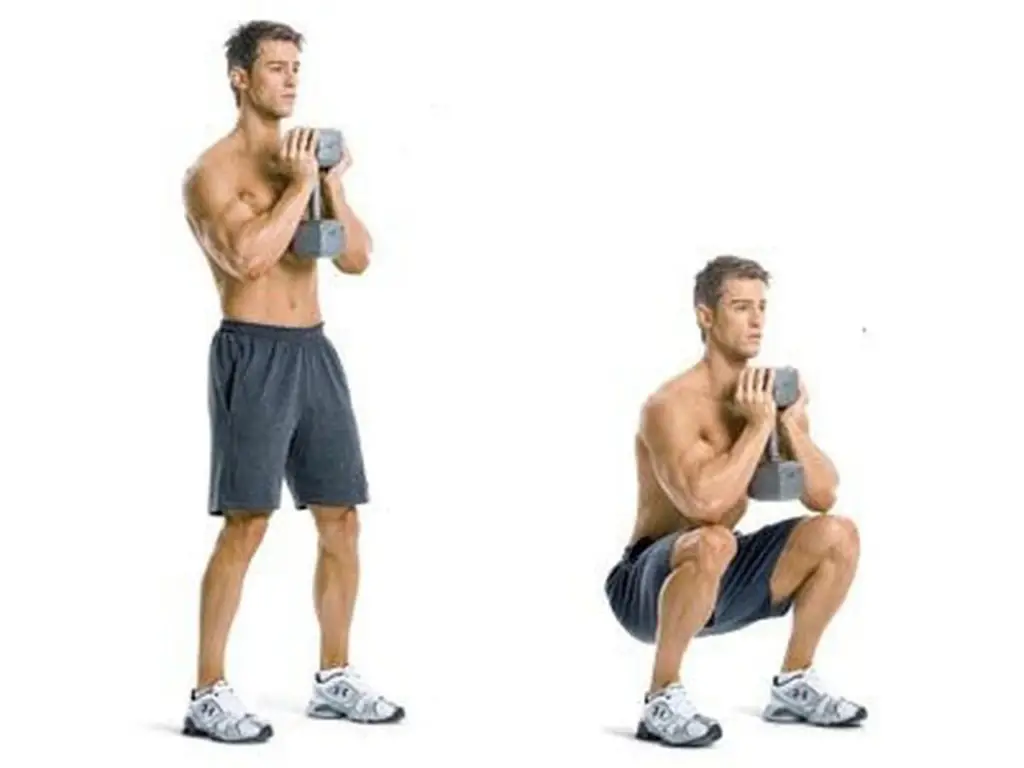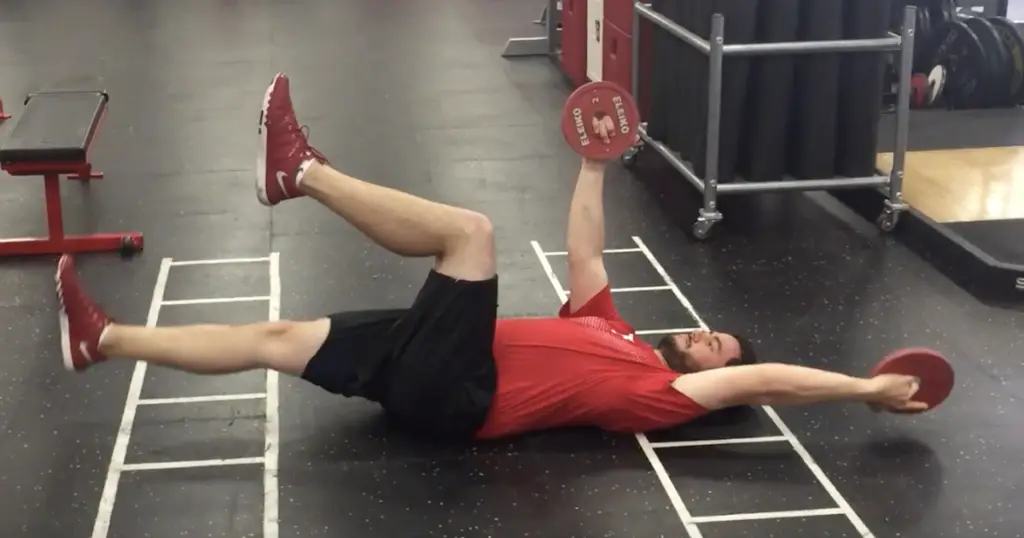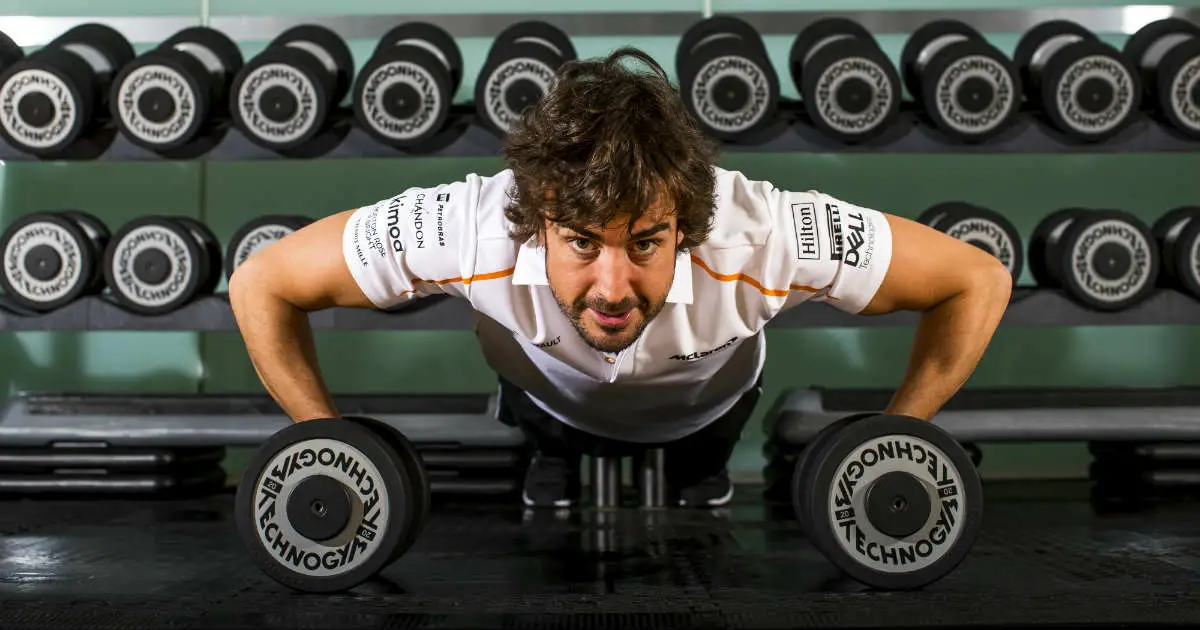F1 drivers are arguably the fittest sportspeople on the planet and F1 driver training is amongst the most intense of all athletes. The physical pressures on an F1 driver are incredibly intense. The F1 drivers have to endure temperatures of up to 60° Celsius (140° Fahrenheit) and humidity of 80% at circuits like Malaysia. A driver can lose as much as 3kg body mass in a race while enduring punishing G forces, all the while maintaining 110% concentration.
Put yourself in their place – wearing a weighty suit, gloves, boots, helmet, and a restraining harness that limits both mobility and respiration. Contemplate enduring these conditions continuously for a two-hour duration, devoid of any intermissions or rest breaks. What would be your response? Fatigue? Disorientation? Nausea? or Discomfort?
To put this into context, a driver’s head and helmet weigh approximately 6.5kg; if the car generates 5-6 G under braking and cornering, the head and helmet increase in weight to 30-40kg. The driver’s muscle strength must be capable of keeping the head (and helmet) upright and facing forward!
The pressure needed to press the (unassisted) brake pedal is +- 80 kgs. This effort is expended repeatedly around the track, so the drivers have a very high degree of robustness, stability, and lower body strength.
To ensure that they can meet the challenges and remain super competitive, drivers have to rigidly control their diet and carry out a continuous and punishing physical regime.
F1worldwide.com also Recommends
- F1 Drivers’ Nutrition and Diet: How to Eat Like a Champion
- Inside the Fiery Inferno: How F1 Drivers Survive Hellish 60°C Cockpits!
- F1 Driver Mental Training: A Crucial Component of Success
The Purpose of the F1 Driver Training Routine
Drivers adhere to a rigorous physical training regimen aimed at enhancing muscular strength, preventing injuries, and regulating body weight. This emphasis on strength is also paramount during off-season training.
During the racing season, drivers adhere to maintenance programs complemented by strength development tailored to individual objectives.
What do the F1 Driver Training Programs look like?
Additionally, they also engage in cardiovascular exercises such as swimming, cycling, and running to regulate body composition. The precise caloric expenditure during races and training sessions—both in vehicles and simulators—is not definitively known, it is high and affects the physical and cognitive performance of drivers.
Drivers must tolerate high temperatures, especially since racing in warmer climates can lead to a reduction of over 3-4L in body weight in a single race due to sweat. This could represent a decrease of up to 5% in body mass. Consequently, hydration before and after races is crucial to sustain focus and expedite recovery.
F1 Driver Training – Endurance
Each driver has his own training routine designed for their unique body structure. However, drivers typically conduct their endurance exercises in the morning, employing a diverse range of activities, which may include.
- Cycling
- Running
- Rowing
- Swimming
- Cross-country skiing.
As with all elite athletes, the intensity and duration of these exercises are meticulously adjusted daily to optimize recovery and amplify athletic prowess.
Heart rate monitors are commonly utilized by drivers during endurance sessions. They prove invaluable in simulating the conditions and length of an actual race.
Rowing stands out as an especially effective training modality for drivers due to its emphasis on the shoulders, arms, and neck muscles.
Most of all its about keeping up a regular routine and not slacking off.
“It’s not about being perfect, it’s about being on the journey and learning from the lessons.”
Lewis Hamilton
F1 Driver Training – Strength

Precisely structured programs are devised and segmented into objective-driven phases. This allows drivers to enhance their skills during the offseason and subsequently maintain and prime themselves for competitions throughout the racing season.
It’s paramount for drivers to fortify the shoulder and neck regions, given that their heads remain unsupported during lateral and forward movements.
Drivers also engage in free weight, body weight, and cable-based exercises. These include.
These routines are tailored to bolster the upper body’s strength and stamina, which is essential for managing oversteer and understeer, ensuring optimal vehicle control during races.
The act of power-braking is predominantly executed by the left leg. To target this specific muscle group, drivers undertake training with the following.
- Leg Press
- General leg fortification exercises employing free weights,
- Squat variations
- Deadlifts
- Lunges
- Kettlebell swings.
An F1 Driver Training Exercise Program
F1 Driver Training – Squat Stretch

The exercise enhances the flexibility of the glutes and targets the hamstrings and quadriceps.
How to do the Squat Stretch
- Begin with your knees slightly bent and hinge at the waist to reach down and grasp your toes.
- From this stance, squat as deeply as possible. While maintaining your grip on your toes, rise from the squat until your legs are nearly extended.
- Release your grip and return to the starting position.
Repetitions: 5 times
F1 Driver Training – Goblet Squat

Goblet squats engage the quads, calves, glutes, core, arms, and grip strength due to the weight being held. This exercise not only tones the body but also enhances glute strength.
How to do the Goblet Squat
- Grasp a dumbbell with both hands, holding it close to your chest, and stand with your feet set wider than shoulder-width apart.
- Gradually squat until your thighs are parallel to the ground.
- Ensure your heels remain grounded and your weight is centered.
- Powerfully ascend.
Repetitions: 3 sets of 10 reps
F1 Driver Training – Half-Kneeling Shoulder Press

The single-arm half-kneeling shoulder press is a balance-centric exercise. It fosters strength and stability in the core and hips while fortifying the shoulder, which is essential for maintaining posture and upper-body stamina in the vehicle.
How to do the Half-Kneeling Shoulder Press
- Kneel on your left leg and hold a dumbbell at shoulder height in your right hand.
- Elevate the dumbbell, ensuring you don’t lean sideways or backward to counterbalance.
- Lower the weight back to shoulder height.
- Complete 5 repetitions on one side before transitioning to the opposite side.
Repetitions: 3 sets of 5 reps
F1 Driver Training – Forearm Push-Ups

Push-ups are foundational exercises in F1 driver workouts, primarily benefiting upper body mobility and strengthening the chest and shoulders. The dumbbell push-up variation maximizes the exercise’s benefits.
How to do the Forearm Push-Ups
- Assume a push-up stance.
- With your elbows close to your body, lower your chest to the ground.
- Forcefully press upward. Ensure your core remains engaged throughout.
Repetitions: 3 sets of 10 reps
F1 Driver Training – Renegade Rows

Renegade Rows promote full-body engagement. They enhance core strength and stabilization, and the pulling motion targets the shoulders, triceps, biceps, and back. Additionally, this exercise aids in fat reduction.
How to do the Renegade Rows
- Assume a push-up position, holding a dumbbell in each hand. With your elbow tucked in, elevate one dumbbell to your chest.
- Lower the dumbbell back to the ground.
- Alternate with the other arm. For added stability, spread your feet slightly.
Repetitions: 3 sets, 10 reps per side
F1 Driver Training – Side Plank Rotations

The plank is a staple exercise and a crucial component of an F1 driver workout. The rotation to the side plank targets shoulder muscles, lat muscles, glutes, and obliques, solidifying them.
How To Do the Side Plank Rotations
- Begin in a side plank position with your right shoulder aligned over your elbow, your body in a straight line, and your left hand extended upward.
- Rotate your torso forward and slowly thread your left arm beneath your body.
- Complete 10 repetitions before switching sides.
Repetitions: 2 sets, 10 reps
F1 Driver Training – Weighted Dead Bug

This exercise is an advanced version of the standard bodyweight dead bug exercise. It demands more from the core muscles and also engages the lats, shoulders, and arms.
How To Do the Weighted Dead Bug
- Lie on your back, holding a dumbbell in each hand.
- Extend your arms upward, bending your hips and knees to a 90-degree angle.
- Slowly lower one leg until it’s just above the ground.
- Reverse the motion, returning the leg to the starting position.
- Alternate with the other leg.
Repetitions: 3 sets, 10 reps per side
F1 Driver Training – Neck Strengthening

Most F1 drivers use a neck harness and resistance band to boost both strength and endurance in their neck.
The trainer will have the F1 driver step back with the band stretched tight around the back of his head.
The F1 driver then rocks his head side to side, doing this dance for 4 sets with 30 reps each.
To increase the driver’s neck strength endurance, he has to fight the band as it tries to pull his head one way. He has to fight to keep his neck steady.
This mimics the g-forces drivers feel when they’re turning sharply.


I enjoyed reading your piece and it provided me with a lot of value.
You’ve been great to me. Thank you!